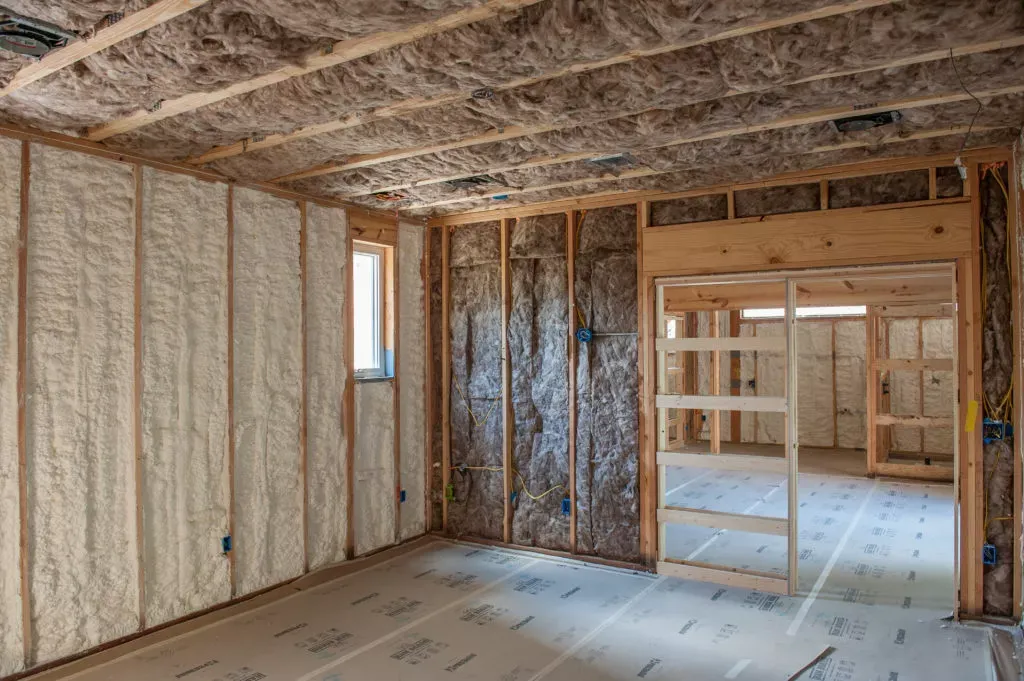
Spray foam insulation is a widely used solution for improving energy efficiency and indoor comfort. However, one of the most common concerns among homeowners is the duration they should stay out of their house after the installation. This article explores the key factors that determine re-entry time, safety considerations, and best practices for ensuring a safe and healthy home environment post-installation.
Spray foam insulation is composed of two main chemicals—polyol resin and isocyanate—which react to create an expanding foam. The curing process of spray foam is crucial to determining how long a household must remain vacant after application.
There are two primary types of spray foam insulation, each with different curing times and safety precautions:
Several factors affect how long homeowners should stay out of their property after spray foam insulation is applied:
Most spray foam manufacturers provide specific guidelines on re-entry time, typically ranging from 24 to 72 hours. Homeowners should adhere to these guidelines to ensure safety.
Proper ventilation significantly impacts the dissipation of VOCs. Houses with effective airflow systems can reduce the time required before re-entry.
Larger applications of spray foam produce more fumes and require a longer curing period. Factors such as attic insulation versus full-home insulation can impact wait times.
Humidity and temperature influence the curing process. In humid climates, curing may take longer, while in well-ventilated, dry environments, off-gassing dissipates faster.
While waiting for the spray foam to fully cure, homeowners should take several safety measures to protect their health:
Contractors wear protective gear when applying spray foam due to the high concentration of VOCs. Homeowners should avoid exposure until it is deemed safe.
Using exhaust fans, opening windows, and running air purifiers can expedite the off-gassing process and improve indoor air quality.
Homeowners can use air quality monitors to detect lingering VOCs before re-entering their homes.
Reputable spray foam insulation contractors can provide specific recommendations based on the installation conditions.
If occupants return to their homes before the spray foam has fully cured, they may experience health-related issues, including:
Long-term exposure to high levels of VOCs can lead to chronic respiratory conditions.
To accelerate the dissipation of spray foam odors, homeowners can:
In Norman, OK, homeowners must comply with local building codes and environmental regulations regarding insulation materials. It is advisable to check with local authorities or certified contractors to ensure compliance with safety guidelines.
Ensuring adequate curing time for spray foam insulation is critical to maintaining a healthy indoor environment. Homeowners in Norman, OK should follow best practices and consult professionals to determine the appropriate wait time before re-entry. By understanding the curing process, safety precautions, and ways to mitigate off-gassing, individuals can enjoy the benefits of spray foam insulation without compromising their health.
For expert spray foam insulation services and professional guidance, contact Thunder Spray Foam Insulation today for a consultation and to ensure a safe, energy-efficient home.
Most manufacturers recommend 24 to 72 hours for proper curing and off-gassing.
No, pets should also be kept out of the house, as they are more sensitive to VOCs.
Conduct an air quality test or consult with your insulation contractor to confirm safe re-entry.
Yes, but it may take a few days to weeks depending on ventilation and foam volume.
Yes, by improving ventilation with fans and air purifiers, you can reduce off-gassing time.